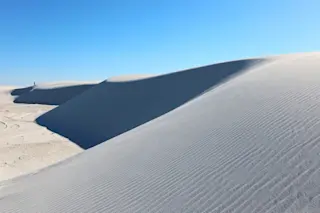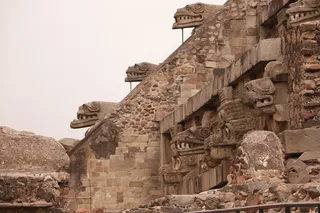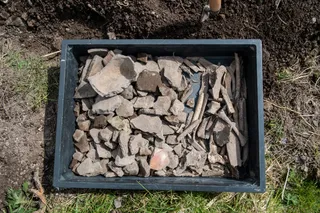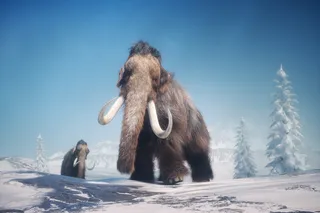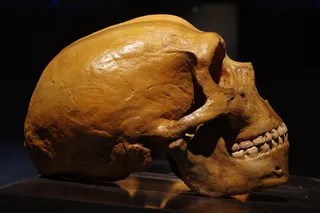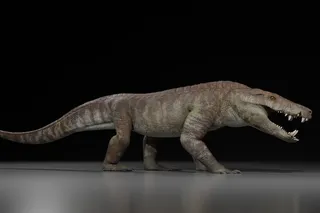As far back as 22,000 years ago, humans may have improvised makeshift transportation tools that left grooves alongside their own footprints in what is now White Sands National Park in New Mexico.
New research points to the travois — a device usually consisting of two poles joined together to carry a heavy load — as the source of these linear tracks, possibly representing the earliest evidence of transport technology used by humans.
A research team surveyed the tracks in a study recently published in Quaternary Science Advances, reviewing multiple possibilities to discern their origins. The researchers concluded that the tracks were likely carved into the sediment by prehistoric humans who were dragging a travois on the ground to transport items.
White Sands National Park is home to a high concentration of ancient vertebrate tracks, from marks left by mammoths and ground sloths to some of the oldest human footprints, some ...



